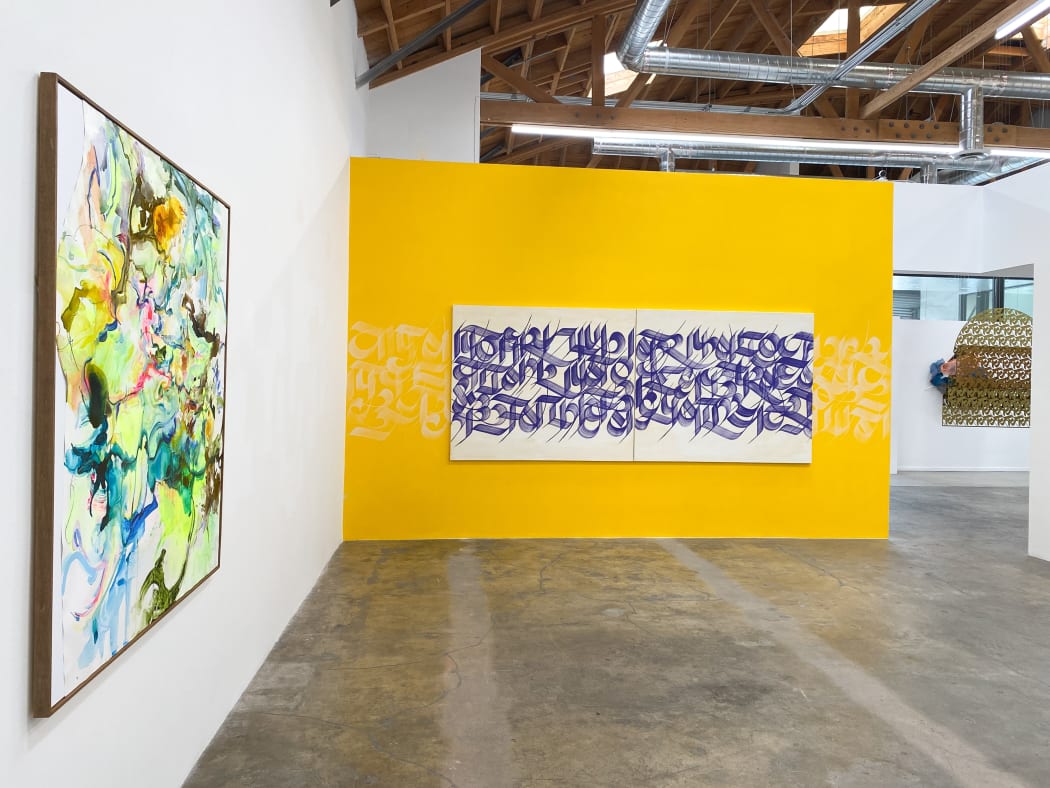
We recently sat down with artists Cicely Carew and Sneha Shrestha, aka IMAGINE, to discuss their artworks on view in our most recent exhibition, Rehearsal. Carew & Shrestha discuss the intentions behind different media, how they found their calling as artists, and some of the conceptual meanings behind the work.
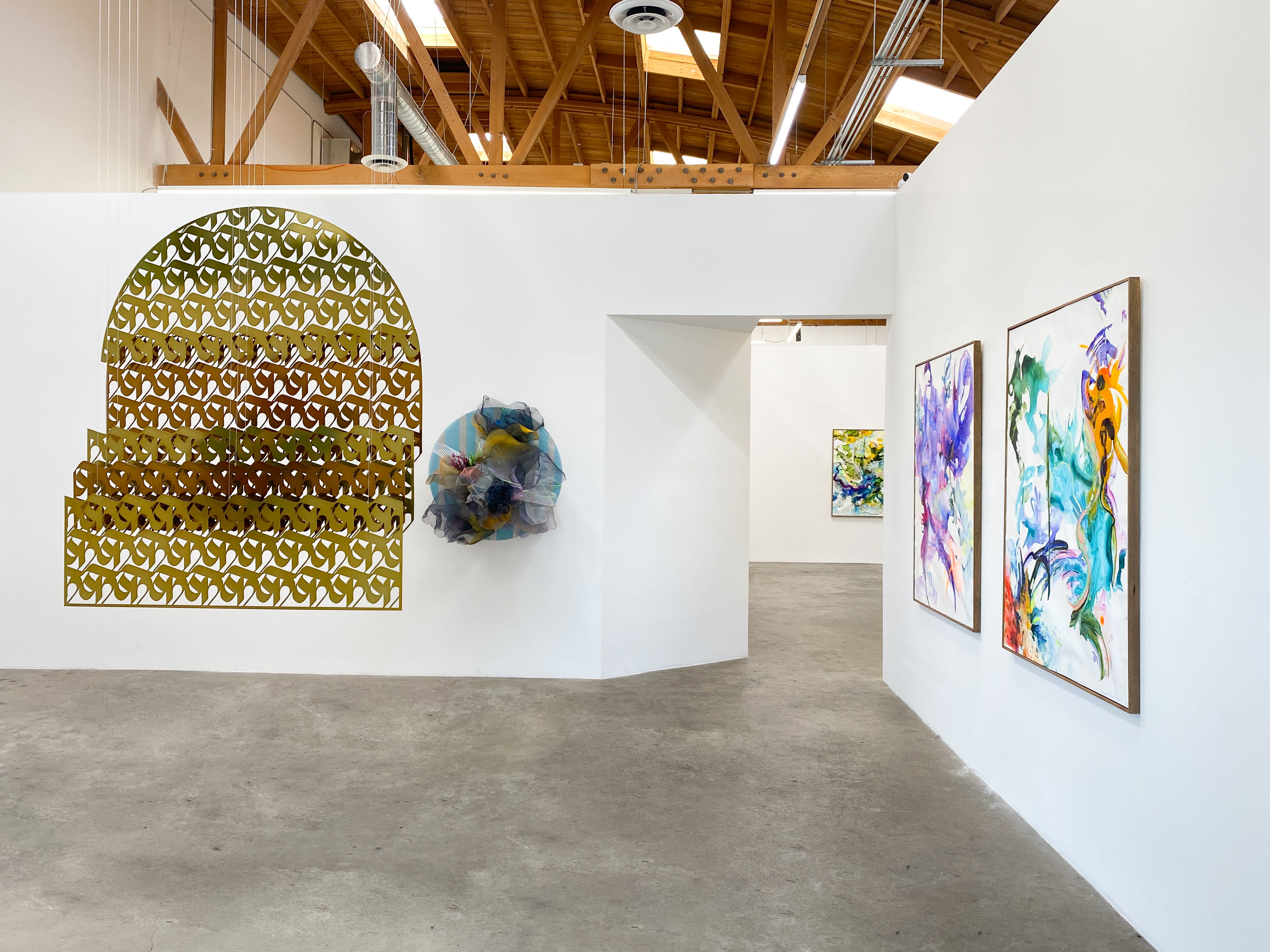
Installation view, Rehearsal at Abigail Ogilvy Gallery. November 2 - December 21, 2024.
Abigail Ogilvy Gallery: Why did you become an artist?
Cicely Carew: I grew up surrounded by art, creators, and powerful individuals who inspired me to see the world through a creative lens. I was encouraged to make art and fortunate enough to follow the winding path of my spirit. She is, simply, an artist.
Sneha Shrestha: I became an artist because creating art allows me to explore my identity, culture, and emotions in ways words cannot. It’s a way to connect with others and share untold stories.
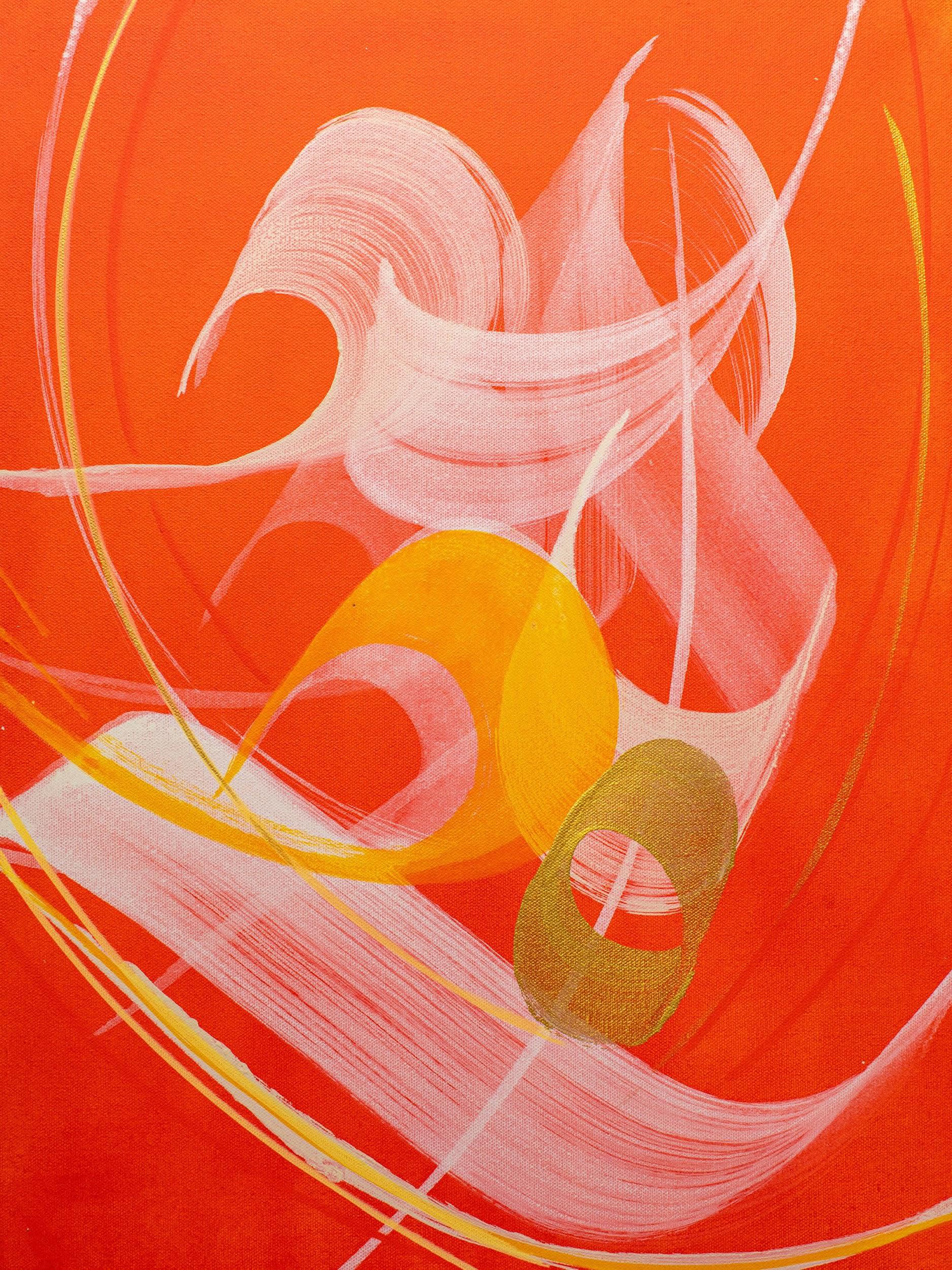
AOG: Has your perception of your work shifted over time?
CC: Yes, my work feels like a witness to the time it was created but never stagnant. As I grow and my perceptions evolve, so does my understanding of the work. Time recontextualizes it, adding new dimensions to its energy and meaning.
SS:Absolutely. Over time, I’ve realized how my art resonates with audiences in ways I never anticipated, and I’ve embraced evolution in my themes and techniques.
AOG: Who do you look to, artists or not, for inspiration?
SS: I find inspiration in my Nepali heritage, street art culture, and the people around me. Nepali 14th century manuscripts and sanskrit inscriptions on Newari architecture deeply influence my work.
CC: I draw inspiration from the facets of life and the rhythms of nature. Artists and movements I’ve studied, particularly postwar artists and second-generation Abstract Expressionists, deeply resonate with my work.
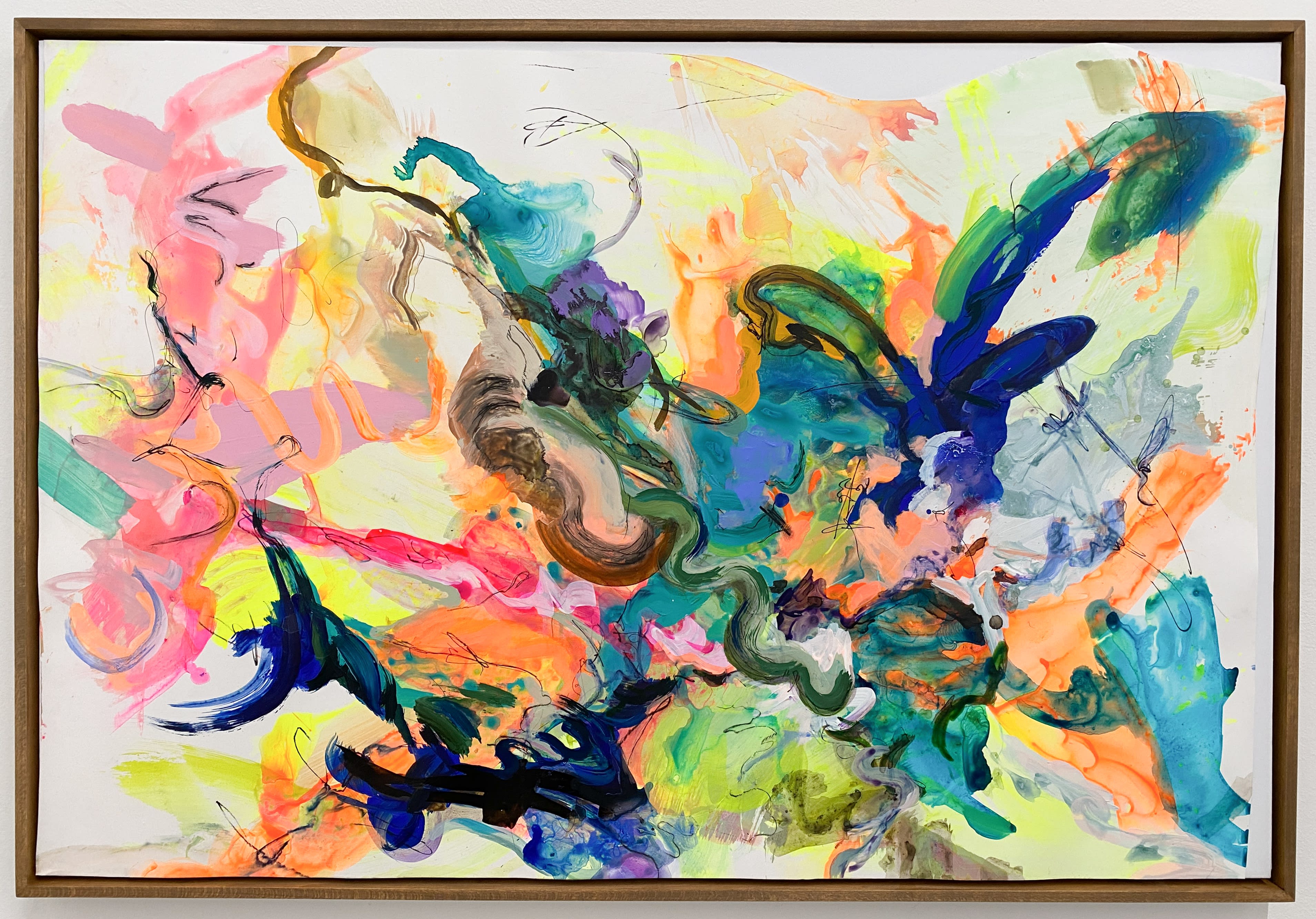
AOG: Cicely, your 3D wall works are called “flying paintings”—how did you define them as such?
CC: The language of painting transcends dimensions, and these works were my way of making paintings “fly.” They move through space differently, relying on the wall less and embracing the dynamism of color and form.
AOG: What is the relationship between your paintings on Yupo and your flying paintings?
CC: It depends on what the work calls for. Sometimes, the energy collapses into the intimate space of the surface, while at other times, it expands outward into three dimensions.
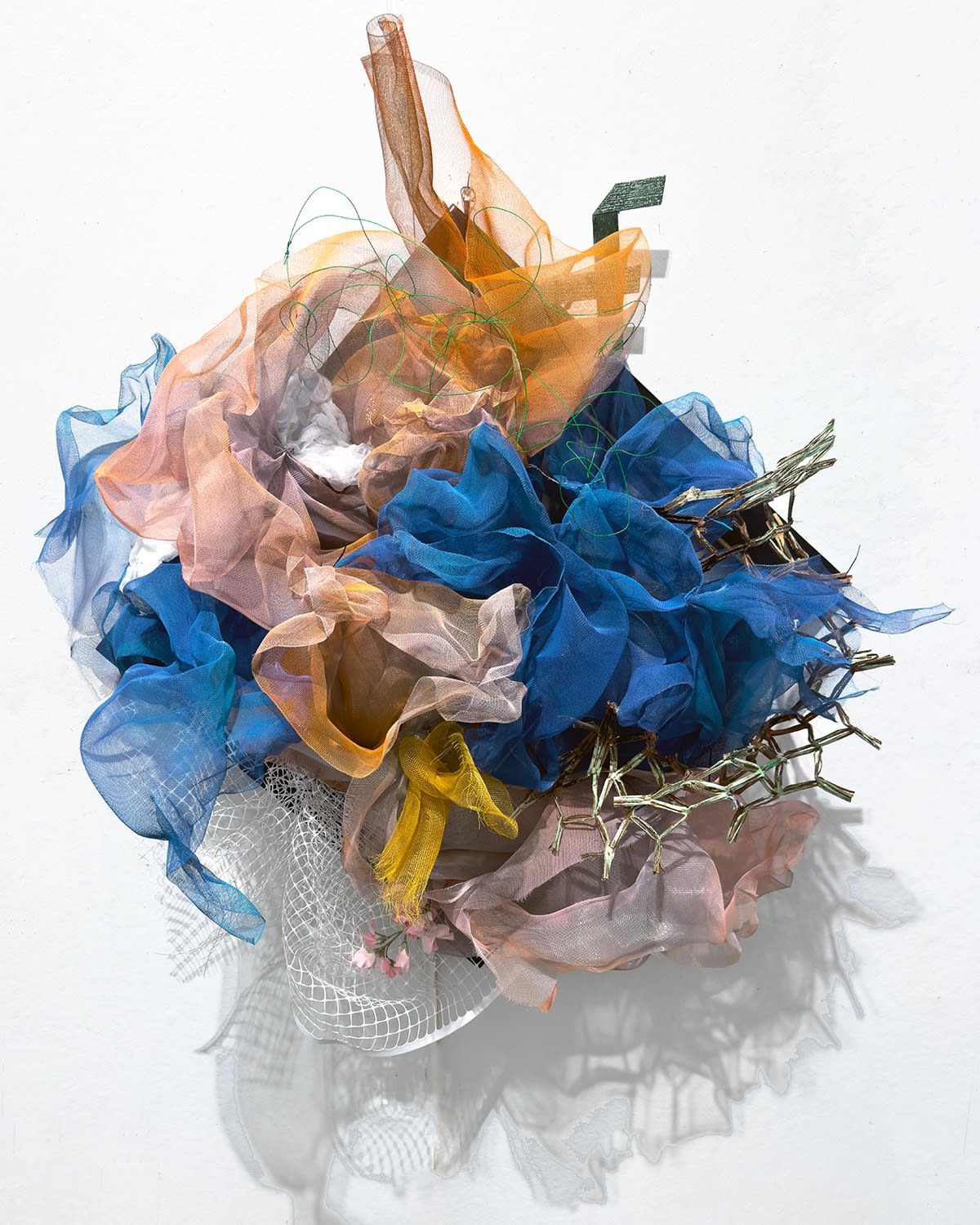
AOG: Can you talk about the use of negative space in your paintings and the visual or conceptual intentions of these spaces?
CC: Negative space is a pause—a moment of stillness, change, possibility, or restraint. My printmaking practice has influenced this approach, where the substrate itself becomes integral and preserved. In works like Soft Spot and Thought to Be Through, I purposefully said less, as I contemplated the lengths some will go to to prove to be 'enough'. It felt like a love letter to be enough and rest.
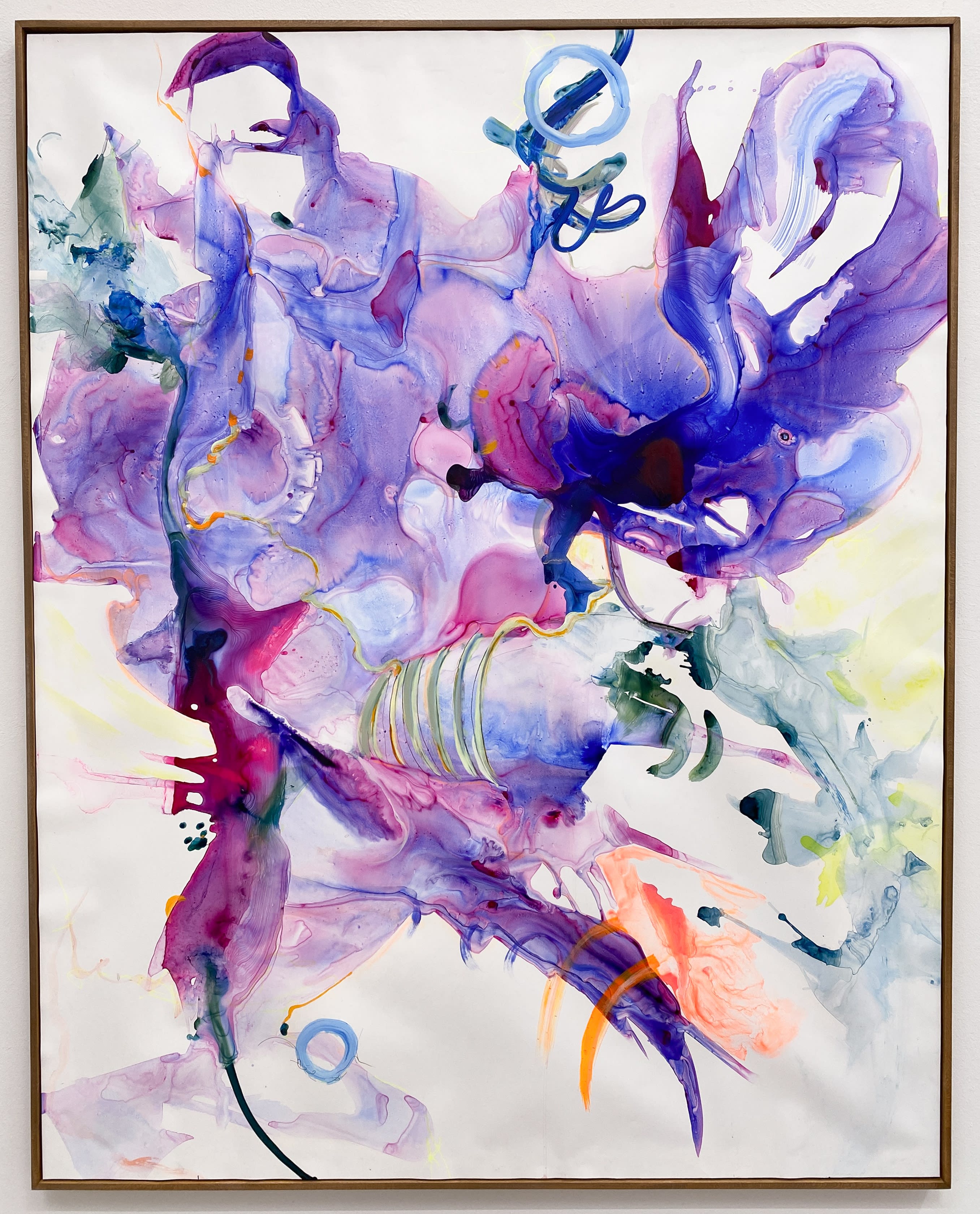
AOG: Sneha, tell us about creating the “Celebration” series of paintings. Do you typically work in series?
SS: The “Celebration” series captures moments of joy, grief, color and form using vibrant colors and layered Devanagari script. I often work in series to deeply explore an idea and create a cohesive narrative.
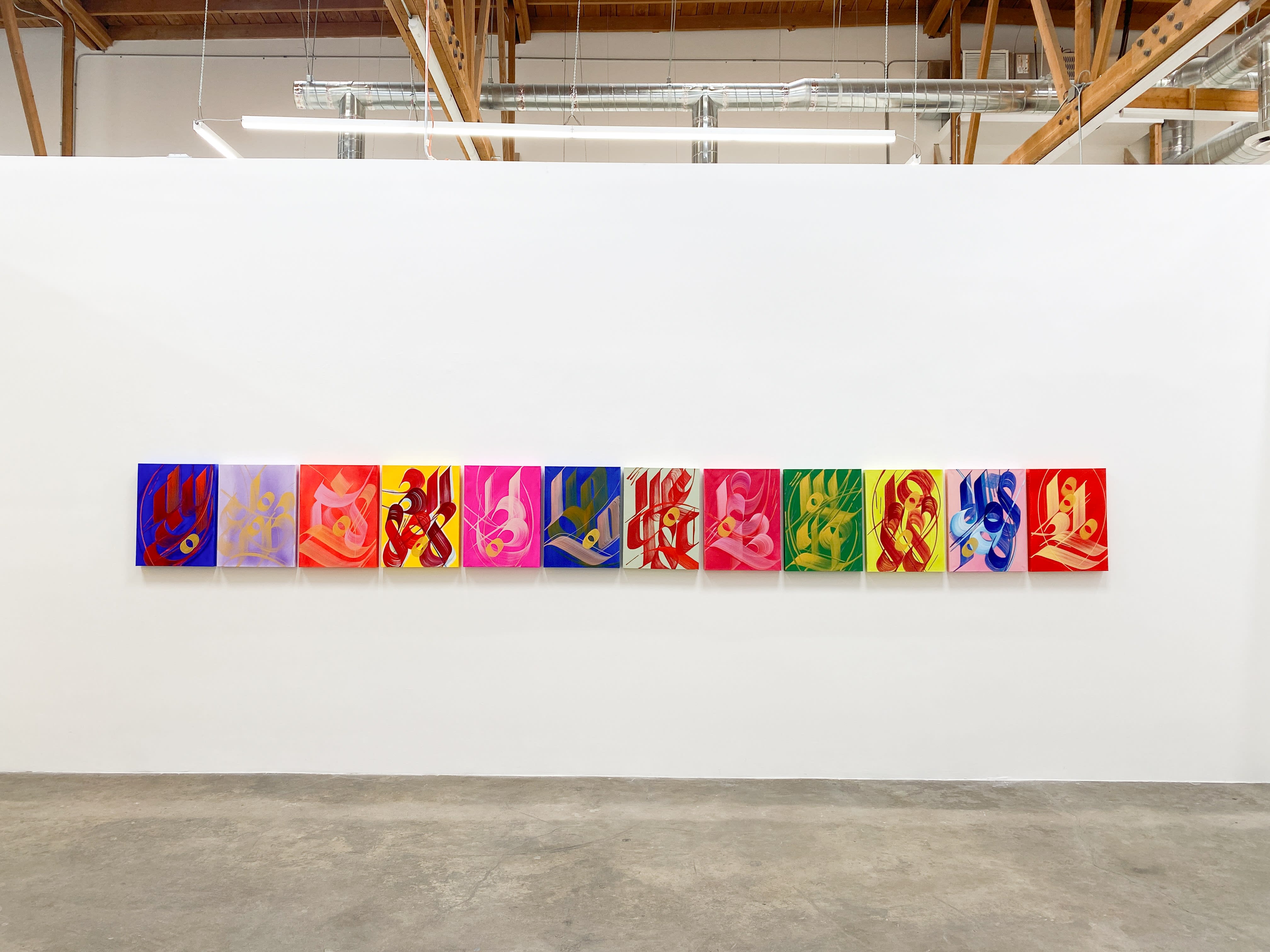
Installation view, Sneha Shrestha aka IMAGINE, Celebration Series. Each: Acrylic and oil pastel on canvas, 24 x 18 in. 2023.
AOG: The series is hung as a group in the gallery space; how does the meaning of the work shift depending on installation in a group or as a single work?
SS: As a group, the pieces create a dialogue with each other, enhancing the overall theme. Individually, they invite personal interpretation and I hope they bridge cultural divides or at least build on people’s cultural competency

Sneha Shrestha. Left to Right: Untitled 12; Untitled 11; Untitled 14. Ink on handmade Nepali paper, 30 x 20 in. Framed: 38 x 27 in.
AOG: How did you come to utilize the Devanagari script?
SS: Devanagari is integral to my cultural identity, and I use it to weave linguistic heritage with contemporary art. Its forms are both familiar and abstract
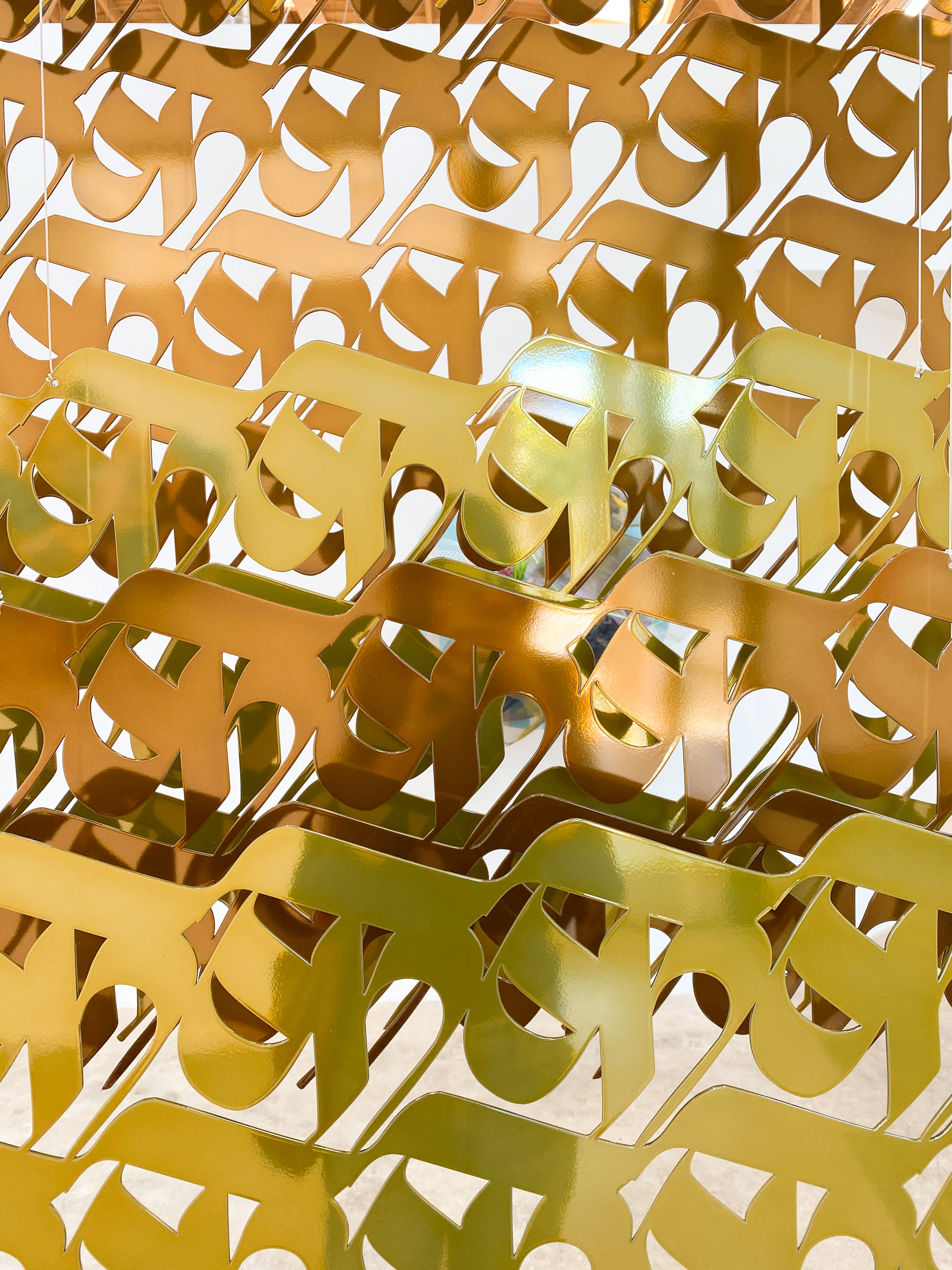
Detail view: Sneha Shrestha, Apsara, 2024. Aluminum. 72 x 60 in.
AOG: The hanging sculpture Aspara is a powerful artwork. What was the process of making it? How did you pivot your practice from painting to sculpture?
SS: Creating Apsara was an exciting challenge. I wanted to translate the fluidity of my painted Devanagari script into a three-dimensional form that held presence and movement. The process involved experimenting with materials, color, and exploring balance and scale. Pivoting from painting to sculpture allowed me to think spatially and bring my work into a more immersive realm.
AOG: How did you each find the process of creating artwork in a gallery vs. in a studio or public space?
CC: In the beginning, the studio was my private laboratory, a sanctuary where I could experiment and take risks freely. Over time, I learned to trust my process and embrace vulnerability, whether working in public or gallery spaces. Creating in these contexts often feels performative, an extension of my practice. Ultimately, it all converges—I show up to share my guts and intentions, aiming to leave viewers with a memorable and transformative experience.
SS: Creating in a studio allows for introspection and control, while public spaces bring spontaneity and connection to community. Galleries strike a balance between these, offering a reflective space to present a body of work cohesively.
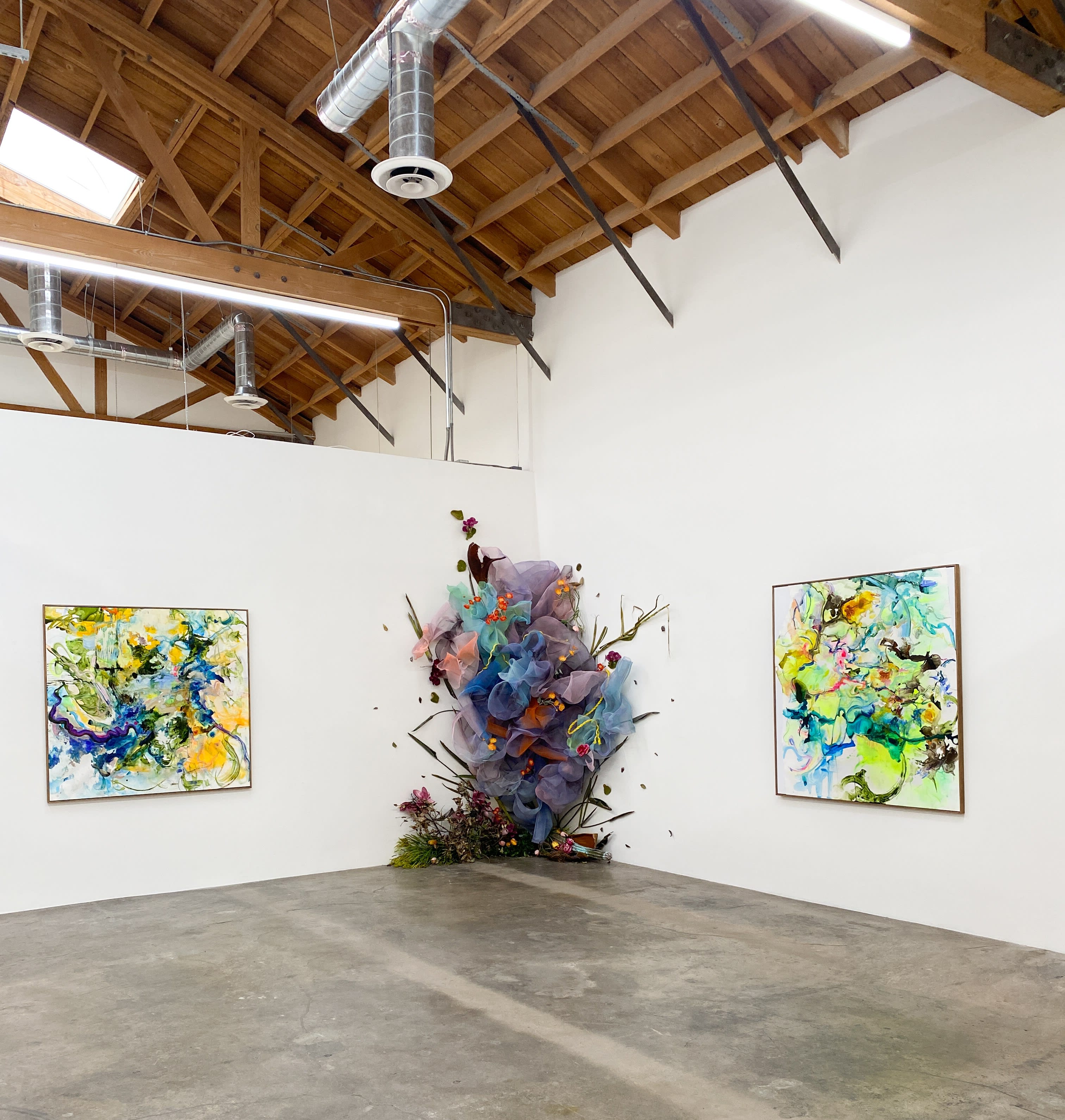

Installation views, Rehearsal
AOG: What is your reaction when someone interprets a work in a way you never expected or that is at odds with your intentions?
CC: Once a piece leaves my hands, it takes on a life of its own. I trust the viewer's intelligence and instincts to find their own meaning within the work.
SS: I welcome it. Different interpretations enrich the dialogue around the artwork.
AOG: Do these artworks say anything about the time we live in?
SS: Yes, my works reflect themes of cultural identity, migration, and the search for meaning at the end of the day..highlighting the importance of preserving heritage while embracing change and emphasize the universality of human emotions.They speak to the importance of communication and understanding in our interconnected world.
CC: Absolutely. My work expresses what words cannot, serving as prayers and offerings for love, peace, and joy in our world in the present moment.
Explore the rest of the artworks on display in Rehearsal below.

Add a comment